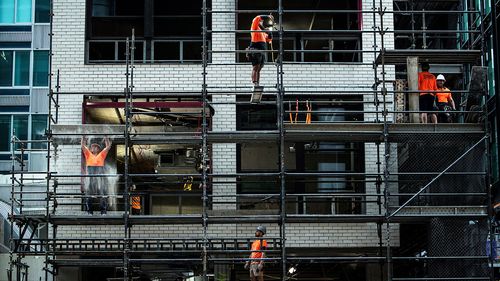Jobless rate falls slightly as 40,000 new jobs created

[ad_1]
New data from the Australian Bureau of Statistics showed the unemployment rate for May was 4 percent, down from 4.1 percent in April.
“With employment rising by around 40,000 and the number of unemployed falling by 9,000, the unemployment rate fell to 4.0 per cent,” said ABS head of labor statistics Björn Jarvis.

“In April, we saw more unemployed people than usual waiting to start work. Some of the drop in unemployment and rise in employment in May reflected those people starting or returning to jobs.
“The labor market presents a conundrum for the Reserve Bank of Australia as, while unemployment is rising, the labor market is still very tight by historical standards,” CreditorWatch chief economist Anneke Thompson said.
“However, pressure on wage increases appears to have eased, particularly following the Fair Work Commission’s review of the minimum wage, which at 3.75 per cent is below the current rate of inflation and widely welcomed by economists concerned about wage rises and their impact on inflation.

“However, the continued healthy labor market, as well as the upcoming tax cuts, will make the RBA very cautious about cutting the cash rate too soon.”
“The RBA is likely to wait for the full impact of tax cuts on retail, labor and savings data, which won’t happen until late 2024 and early 2025.”
Jarvis said the labor market remains tight, with many more people working than before the pandemic.
“While the total number of unemployed people fell by 9,000 in May, this followed an increase of 33,000 in April. Unemployment was up about 24,000 from March, an average increase of about 12,000 people each month,” Jarvis said.
“There are almost 600,000 unemployed right now, but this is still nearly 110,000 less than in March 2020, just before the pandemic…
“The employment-to-population ratio and the participation rate remain well above their pre-pandemic levels.
“Together with elevated vacancy rates, this suggests the labor market remains relatively tight, albeit less so than in late 2022 and early 2023.”
[ad_2]




